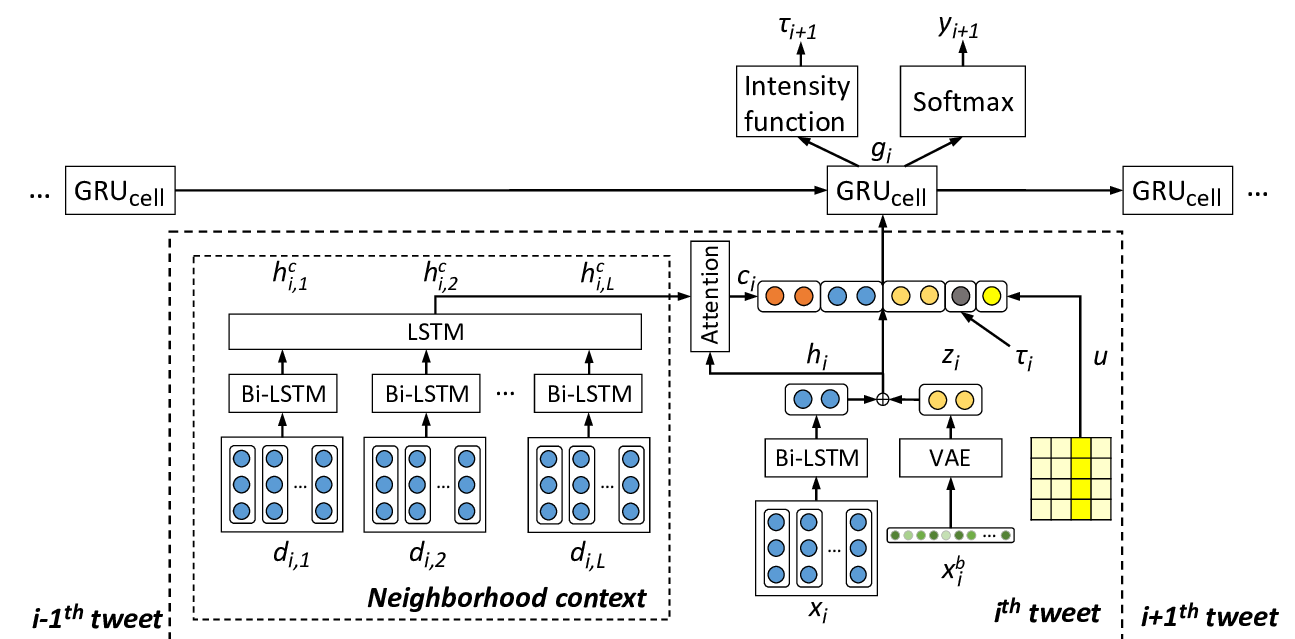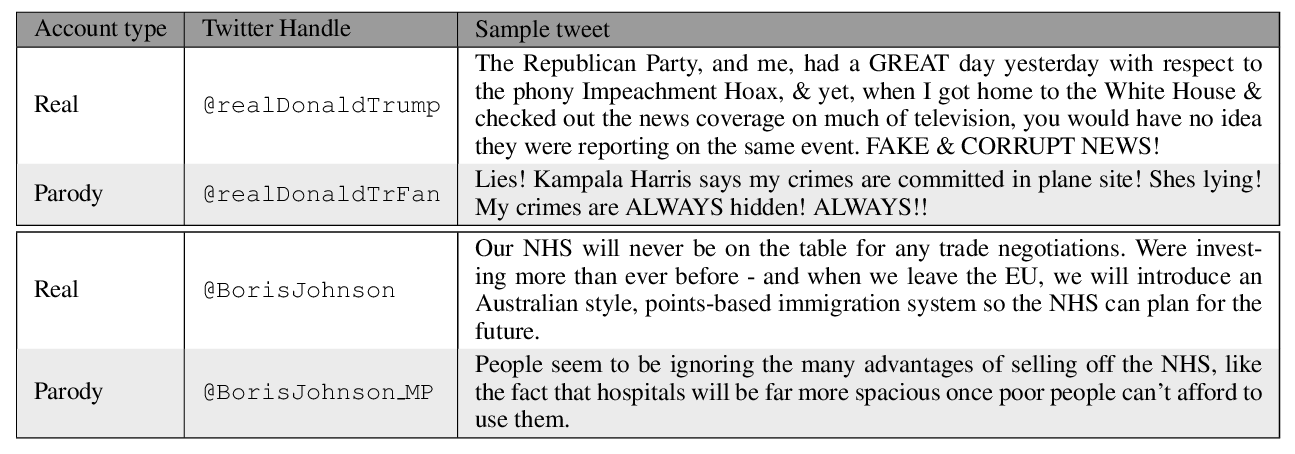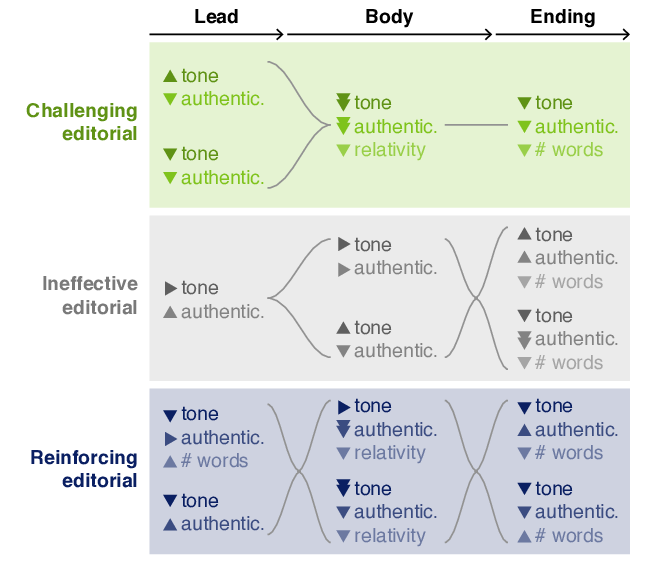Agreement Prediction of Arguments in Cyber Argumentation for Detecting Stance Polarity and Intensity
Joseph Sirrianni, Xiaoqing Liu, Douglas Adams
Sentiment Analysis, Stylistic Analysis, and Argument Mining Long Paper
Session 9B: Jul 7
(18:00-19:00 GMT)

Session 10A: Jul 7
(20:00-21:00 GMT)

Abstract:
In online debates, users express different levels of agreement/disagreement with one another's arguments and ideas. Often levels of agreement/disagreement are implicit in the text, and must be predicted to analyze collective opinions. Existing stance detection methods predict the polarity of a post's stance toward a topic or post, but don't consider the stance's degree of intensity. We introduce a new research problem, stance polarity and intensity prediction in response relationships between posts. This problem is challenging because differences in stance intensity are often subtle and require nuanced language understanding. Cyber argumentation research has shown that incorporating both stance polarity and intensity data in online debates leads to better discussion analysis. We explore five different learning models: Ridge-M regression, Ridge-S regression, SVR-RF-R, pkudblab-PIP, and T-PAN-PIP for predicting stance polarity and intensity in argumentation. These models are evaluated using a new dataset for stance polarity and intensity prediction collected using a cyber argumentation platform. The SVR-RF-R model performs best for prediction of stance polarity with an accuracy of 70.43% and intensity with RMSE of 0.596. This work is the first to train models for predicting a post's stance polarity and intensity in one combined value in cyber argumentation with reasonably good accuracy.
You can open the
pre-recorded video
in a separate window.
NOTE: The SlidesLive video may display a random order of the authors.
The correct author list is shown at the top of this webpage.
Similar Papers
Will-They-Won't-They: A Very Large Dataset for Stance Detection on Twitter
Costanza Conforti, Jakob Berndt, Mohammad Taher Pilehvar, Chryssi Giannitsarou, Flavio Toxvaerd, Nigel Collier,

Neural Temporal Opinion Modelling for Opinion Prediction on Twitter
Lixing Zhu, Yulan He, Deyu Zhou,

Analyzing Political Parody in Social Media
Antonios Maronikolakis, Danae Sánchez Villegas, Daniel Preotiuc-Pietro, Nikolaos Aletras,

Analyzing the Persuasive Effect of Style in News Editorial Argumentation
Roxanne El Baff, Henning Wachsmuth, Khalid Al Khatib, Benno Stein,
